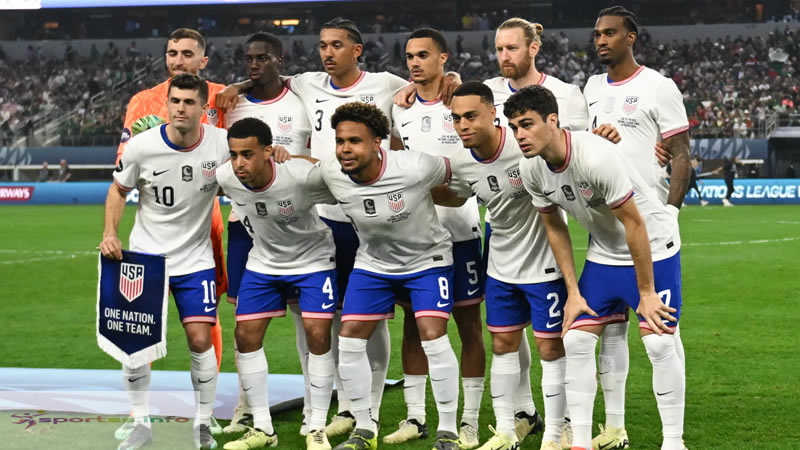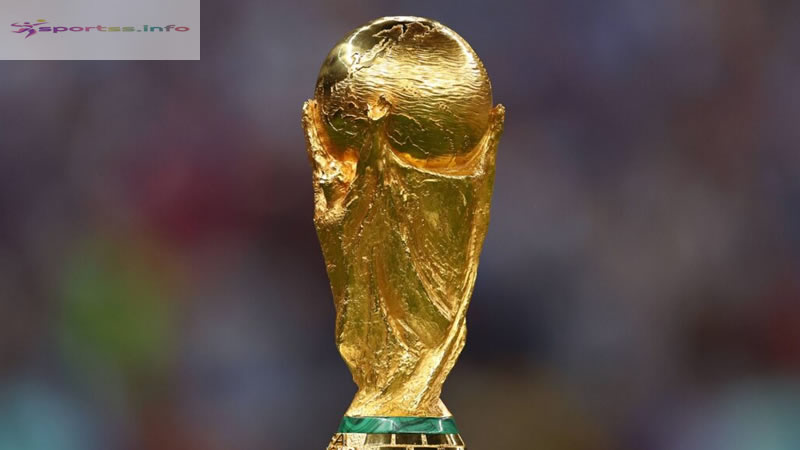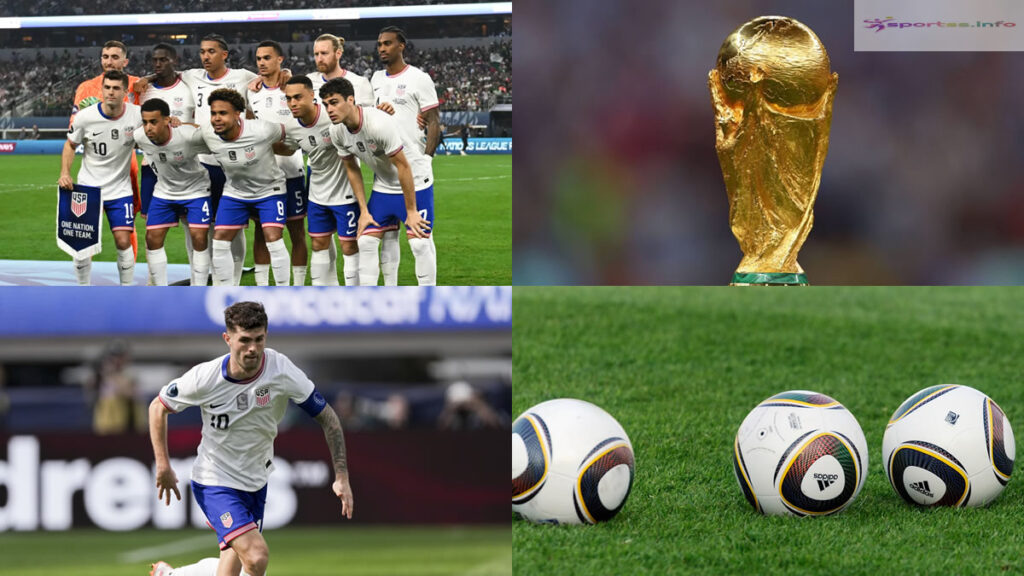FIFA has verified that it will utilize variable pricing for passes to the FIFA 2026 starting from the launch of the selling operation, which begins next week. The arrangement was likewise implemented during this year’s Club Championship. In Britain, attracted extensive objections from admirers who acquired tickets for Oasis’s reunion performance.
Welcome to Sportss.info, the place where true fans meet the heart of sports. We bring you fresh updates, inspiring stories, and insights from the world’s biggest games and hidden gems alike. From the roar of the FIFA World Cup 2026 to the spirit of the Olympics, every moment is covered with passion and clarity.

The application of flexible pricing was among several fresh announcements that FIFA representatives discussed. Regarding ticketing for the World Cup, one week before availability commenced, comprising the opening collection of figures.
The most inexpensive entries will commence at $60 (£44), while the priciest, for a premium location at the final, begins at $6,730 (£5,760). FIFA did not disclose any intermediate valuation figures between those two extremes.
Flexible pricing indicates that these beginning rates may, and probably shall, escalate dramatically. This represents the first men’s World Cup to implement this formula. Where the ticket charges are modified by the vendor to signify audience demand, similar to the technique that surge pricing operates for services.
Ticket corporations have gained considerably from adaptive pricing as its employment has grown during the last decade. Ticketmaster’s parent enterprise LiveNation achieved its record-breaking income during 2024.
With dynamic pricing believed to be a crucial contributor. The procedure has additionally drawn criticism from admirers excluded from spectacles involving notable situations linked to Oasis’s concert and the previous season’s FA Cup conclusion.
FIFA World Cup: Prices to Fluctuate Before Tournament Draw Even Takes Place
FIFA administrators defended the application of shifting pricing by stating it was the body’s technique of adjusting to the regional marketplace in the United States and Canada. Where the practice is routine, and where the populace already acknowledges that entry passes will be rated relative to interest.

One spokesperson emphasized FIFA could not neglect the surplus earnings generated through dynamic pricing. Highlighting the 211 FIFA-affiliated federations that might profit from a more rewarding tournament.
According to executives, FIFA never conducted a base assessment to evaluate. How much profit could emerge from FIFA 2026 Cup sales, absent adaptive pricing, implying the issue was never seriously debated.
The ticketing outline is anticipated to be implemented instantly for the initial stage of entry distribution, which begins on 10 September. Costs will adjust depending upon interest from that stage onward.
Implying that some contests will carry greater baseline rates compared with others, even before the World Cup draw has officially started. FIFA employed adjustable pricing at the 2025 Club Championship, with inconsistent feedback.
Values for those clashes at first increased steeply, only to diminish, occasionally reaching as little as $13.40 (£10) – directly before kickoff, as arenas stayed only partly occupied. Nevertheless, interest in the World Cup is almost guaranteed to be much higher than at the Club Cup, and an administrator declared that this instance charges would not decline below $60.
FIFA Introduces New Seat Categorization System for FIFA World Cup 2026
Another notable modification explained by FIFA executives comes in the manner tickets are classified for the tournament. In earlier editions, FIFA separated seating into a graded system, with Category 1 traditionally regarded as the finest locations. Category 2 is the next in order, continuing downward until Category 4.
It had been normal procedure for a seat’s positioning relative to the pitch to determine its grade: a position along the touchline. For instance, was far more expected to qualify as Category 1, whereas a chair at the identical height but behind the net might be Category 2 or beneath.

That methodology is no longer practiced. In FIFA 2026, seat gradings will usually relate to the tier of the stadium where the place is found. At the Cup’s championship, for example, the entire lower portion of MetLife Stadium is forecast to be Category 1. The luxury suite section in the middle is considered Category 2, and then the upper stands comprising Categories 3 and 4.
FIFA’s integration of adaptive pricing for the FIFA 2026 World Cup signals a profound alteration in how supporters will acquire entries. Expenses vary according to interest from the initial stage of selling. Although the method secures enhanced income for FIFA and its 211 associated federations.
It likewise triggers apprehensions about cost-effectiveness and inclusiveness for followers. Combined with a modified seating classification system, this plan demonstrates FIFA’s alignment with North American commercial traditions. Yet sustains the chance of excluding countless fans from the globe’s most monumental sporting festival.
At Sportss.info, we bring you more than just scores and stats. You’ll find the latest sports news, real stories, and moments that truly matter to fans everywhere. From global tournaments to the rise of new athletes, our goal is to keep you close to the action that excites and inspires.
